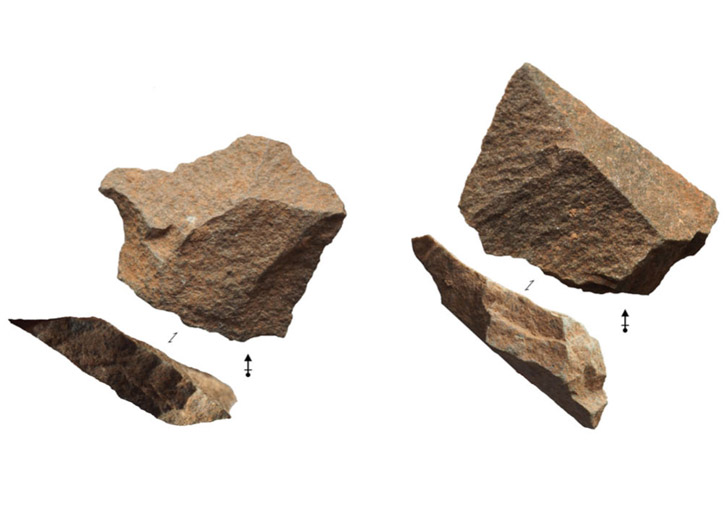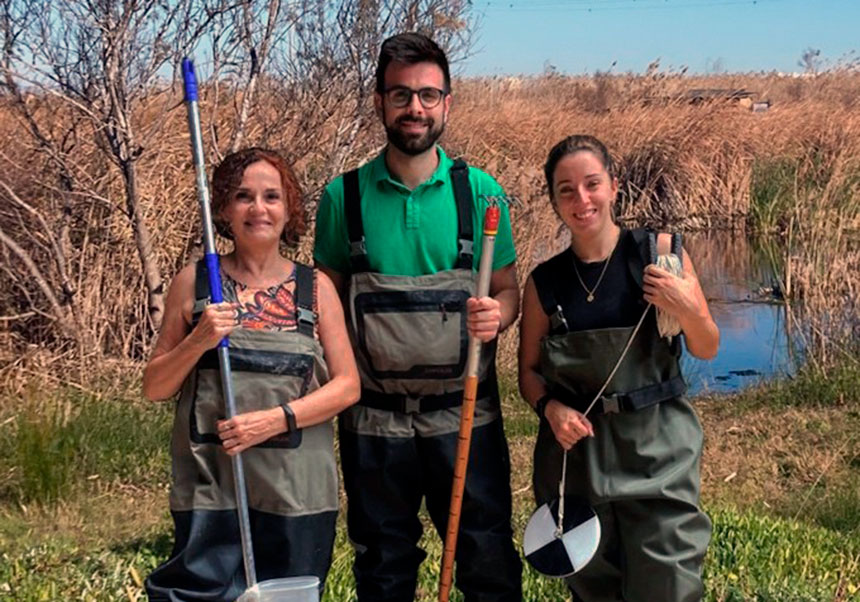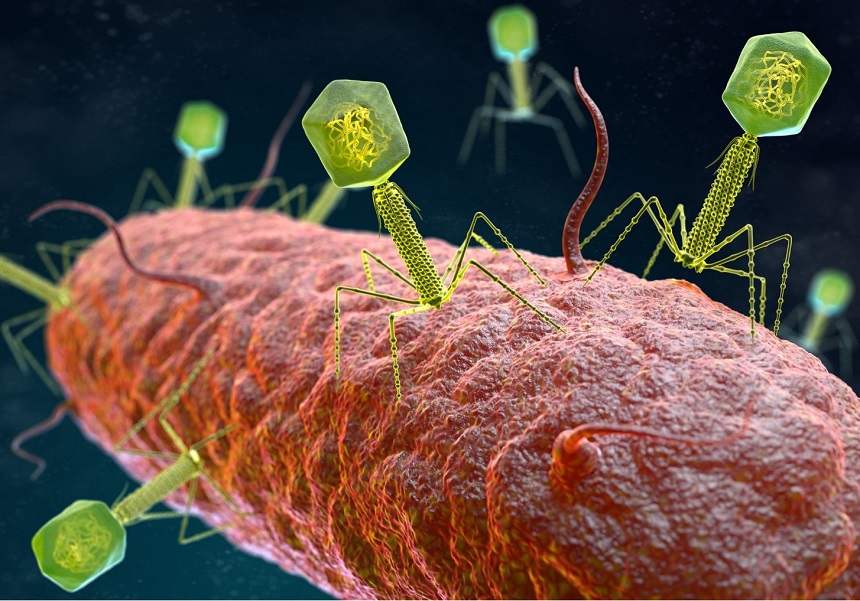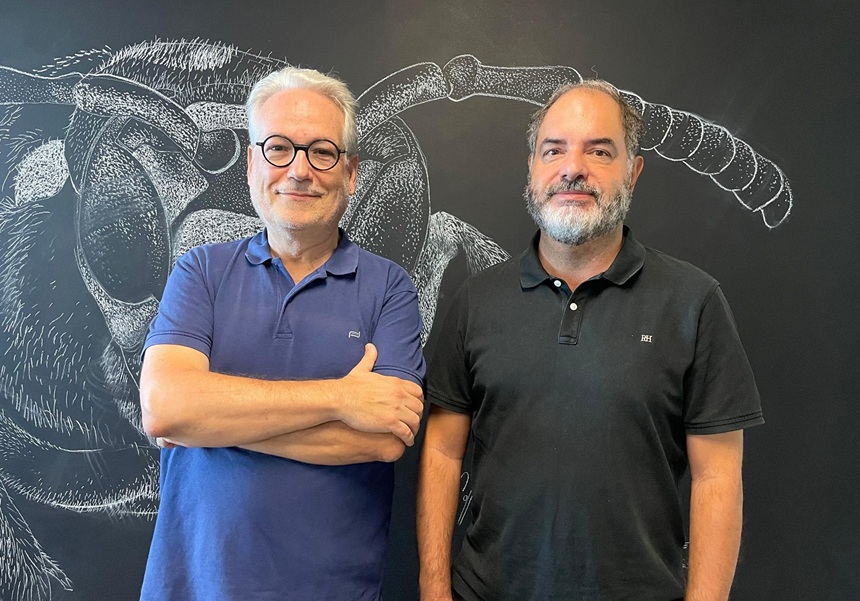The last Neanderthals of the Peninsula used local resources such as quartzite to make their tools
- Scientific Culture and Innovation Unit
- July 1st, 2021
Researchers Aleix Eixea, from the University of Valencia, and Joseba Rius-Garaizar, from the National Research Centre on Human Evolution (CENIEH), have published a study on the lithic technology of the last Neanderthals of the Iberian Peninsula, in from the Peña Miel site (La Rioja), one of the most recent dating sites. The study concludes that mostly elements close to the site were used such as quartzites, rather than flint, of great predominance in Neanderthal culture.
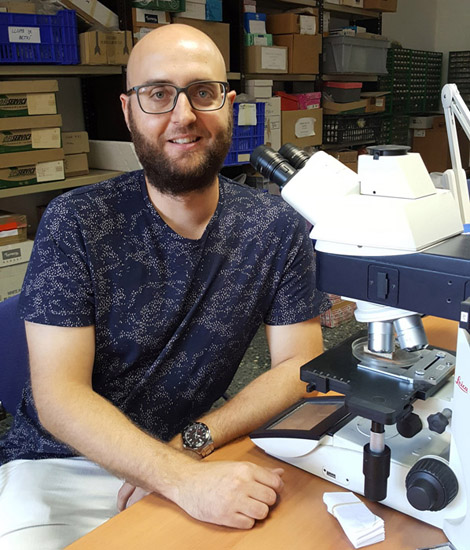
The study of the Neanderthal lithic collection found in Peña Miel allows to know in depth the technology of one of the last populations of this group in the Iberian Peninsula. These tools, usually small or medium in size (20-50 mm) and very diverse, suggest that they were produced using different technical systems. To do this, they exploited different local resources, mainly quartzites, due to the fact that in the site there are few raw materials transported at medium or long distance, such as flint, of great predominance in Neanderthal material culture.
“The Iberian Peninsula was one of the regions in which Neanderthal and Homo sapiens populations coexisted for the longest time, once the latter spread throughout Europe. In this territory, Neanderthals settled at regional and local level, as in the Peña Miel site. Their technical capabilities allowed them to produce effective and functional tools for direct use and without too much configuration of the cuts, unlike in other places”, analyses Aleix Eixea, professor of Department of Prehistory, Archaeology and Ancient History of the University of Valencia and in 2018 received a BBVA-Leonardo grant endowed with 40,000 euros to study the mobility of Neanderthals and sapiens in the Iberian Peninsula.
The technical characteristics of these Peña Miel populations show more links related to the last Neanderthals of the Franco-Cantabrian region than to the populations that lived throughout the Mediterranean area.
“Neanderthal populations have undergone complex processes of regional settlement, mobility, local extinction and population replacement since the late Middle Palaeolithic. In this context, the level and site of Peña Miel represents one of the latest manifestations. of Neanderthal technology in the Iberian Peninsula, so it helps to understand the trajectories of the last Neanderthals in this region”, says Eixea, a specialist in the characterisation and systematisation of lithic industries of the Middle and Upper Palaeolithic in the western Mediterranean.
Article: Rios-Garaizar, J. and Eixea, A. (2021). «Lithic technological choices of late Neandertals in a mountain environment south of the Ebro Valley, Iberian Peninsula (Peña Miel level e)». Archaeological and Anthropological Sciences, 13: 123. DOI: 10.1007/s12520-021-01360-x
Photo caption:
- Some of the lithic pieces studied from the Peña Miel site.
Categories: Recerca, innovació i transferència , Internacionalització recerca , Facultat de Geografia i Història , Difusió i comunicació científica , Grups de recerca , Cultura Científica , Investigació a la UV



